Navy Wants A Cheap Heavy Torpedo That Can Be Stockpiled Fast
The Navy is eyeing a torpedo that can be procured fast and efficiently to augment the more advanced Mk 48 ADCAP.
The concept of cheap, fast-buy versions of more exquisite equipment has recently held great appeal for the U.S. military. The Air Force even coined the adjective "attritable" to describe a category of unmanned air platforms and other weapons that are cheap enough to be lost in combat without major consequence. For years, the service tested low-cost, fuel-efficient air-launched cruise missiles under a program known as Gray Wolf in anticipation of a future conflict in which mass missile launches might be required. There has been continued interest in this kind of capability since then. Just in January, the Air Force Research Laboratory announced a challenge for the development of a missile that costs less than $150,000 per unit and has a range of 500 nautical miles.
However, the Defense Department has struggled to limit the expense and requirements for ostensibly low-cost and limited-utility systems, making the intent behind concepts like RAPTOR difficult to realize. Current conflicts also underscore the weak point that the U.S. fondness for exquisite weapons represents: the aforementioned need for munitions to support Ukraine, for example, have put a spotlight on lengthy production lead times. During a war in the Pacific, the number of naval targets would be larger than anything seen since the Cold War. The ability to quickly replenish torpedo stocks, especially for use against less capable targets, could be a major factor in succeeding in such a conflict.
Polk does have a target for a physical experiment: he wants to have a prototype or demonstrator in the water by the end of the year. To do that, he added, he and collaborators are considering a range of research and development partners, including DARPA, the Office of Naval Research, and commercial companies, "to take this concept from paper to be in the water."
For now, the full-capacity Mk 48 Mod 8 torpedoes are set to start rolling off production lines in 2027, according to the briefing. . .
". . .While not mentioned in Polk's briefing, China's investments in developing nuclear and advanced diesel-electric submarines, alongside expansions to its surface navy, also have the U.S. Navy on notice. The next-generation Type 096 nuclear ballistic missile submarine, set to enter service for the People's Liberation Army Navy (PLAN) before 2030, was described by analyst Christopher Carlson in October as a future "nightmare" for the U.S. and NATO due to its stealthy characteristics.
Supply chain issues also threaten the production of conventional heavyweight torpedoes. The production line for the Mk 48 Mod 7 was halted in 1996 and restarted beginning in Fiscal Year 2016. As Defense News previously reported, redesigning the torpedo to troubleshoot part obsolescence after a two-decade production hiatus took about three years. A ramp-up in production driven by combat requirements in a future war could, Navy leaders have acknowledged, create parts bottlenecks, leading to shortages for both the Mod 7 and the future Mod 8.
RAPTOR, as Polk describes it, might pinch-hit in the case of a parts squeeze.
"What RAPTOR is, talking about supply chain challenges," Polk said, "is, what can I make that looks like a heavyweight torpedo, but with procurable parts."
Rear Adm. Todd Weeks, program executive officer for strategic submarines, said the prospect of a future hot war in the Pacific also demands unconventional solutions.
"If we go to war today, it's with the Navy we have," he said. "So thinking out of the box, thinking about the problem differently, is really what this is all about. It's as much a thought exercise today as it is anything else. But we'll see where it goes."
A key to the vision for RAPTOR, Polk said, is removing many of the high-end requirements that make the current ADCAP torpedoes the highly evolved multi-mission weapons that do "everything to the 10th degree." If the Navy can compromise on elite speed, depth, and mission requirements for these specific munitions, Polk suggests it could in exchange achieve a numerical advantage with a stockpile of weapons more limited in mission and scope.
Rear Adm. Weeks called RAPTOR the product of "a lot of smart people sitting around trying to rethink the problem." He and Polk characterized the development effort as consisting to date of tabletop exercises and PowerPoint presentations and emphasized that no program of record yet existed for RAPTOR.
Polk hinted that a limited-mission cheap torpedo might have applications to other platforms apart from Navy submarines, but declined to expand on the other uses being considered.
"There's other platforms that could launch a heavyweight torpedo, if necessary," he said. "Some things are in development right now. I guess we're trying not to limit ourselves to just submarine launch applications."
Ships, helicopters, and maritime patrol aircraft all launch torpedoes in today’s U.S. Navy. Unmanned systems will also deploy them in combat in the future.
- For years, the service tested low-cost, fuel-efficient air-launched cruise missiles under a program known as Gray Wolf in anticipation of a future conflict in which mass missile launches might be required. There has been continued interest in this kind of capability since then.
- Just in January, the Air Force Research Laboratory announced a challenge for the development of a missile that costs less than $150,000 per unit and has a range of 500 nautical miles.
However, the Defense Department has struggled to limit the expense and requirements for ostensibly low-cost and limited-utility systems, making the intent behind concepts like RAPTOR difficult to realize. Current conflicts also underscore the weak point that the U.S. fondness for exquisite weapons represents: the aforementioned need for munitions to support Ukraine, for example, have put a spotlight on lengthy production lead times. . .'
MQ-25 Stingray Tanker Drone Armed With Stealthy Anti-Ship Missiles Makes Perfect Sense
Arming MQ-25s with standoff weapons fits with the Navy’s future air wing vision and would provide unique capabilities suited to a Pacific fight.
The model caught our eye at the Navy League’s Sea Air Space exposition in Maryland this week. The LRASMs appear to be mounted on the same underway pylons that would normally be fitted with refueling pods in the tanker version of the drone.
The MQ-25 originally emerged from the abortive Unmanned Carrier-Launched Airborne Surveillance and Strike (UCLASS) program, which would have involved a multi-role combat drone. This was controversially judged too ambitious and was superseded by the Carrier-Based Aerial Refuel System (CBARS) initiative that gave birth to the MQ-25 as we know it today. In the past, we have looked at the implications of this downscaling, from the original UCLASS stealthy strike/reconnaissance platform to a less capable tanker drone.
However, there have been suggestions in the past that the MQ-25 platform is still being eyed for a broader range of missions, including kinetic ones. Before Boeing won the contract to build the MQ-25, rival bidder Lockheed Martin was pitching a future strike mission for its own MQ-25 offering, going some way to restoring at least some aspects of the canceled UCLASS effort.
A Lockheed Martin animation from the 2018 Sea Air Space exposition showed its MQ-25 proposal delivering AGM-154 Joint Standoff Weapons (JSOW), as seen below:
For now, however, the Navy is focused on introducing the MQ-25 as a tanker to help extend the effective range of the carrier air wing and to eliminate the need for some of the F/A-18E/F Super Hornets in existing carrier air wings to perform tanker duties.
MQ-25 Stingray Tanker Drone Armed With Stealthy Anti-Ship Missiles Makes Perfect Sense
Arming MQ-25s with standoff weapons fits with the Navy’s future air wing vision and would provide unique capabilities suited to a Pacific fight.BY THOMAS NEWDICK,
France’s Rafale Is Set To Be Serbia’s Next Fighter
Serbia looks set to buy French Rafale fighters in a significant shift away from dependence on Russia for combat aircraft and other arms.7:46 PM EDT APR 9
France’s Rafale Is Set To Be Serbia’s Next Fighter
Serbia looks set to buy French Rafale fighters in a significant shift away from dependence on Russia for combat aircraft and other arms.
Serbia is poised to sign a deal to buy Dassault Rafale multirole fighters, the country’s president confirmed today, saying that “concrete agreements” had been made to purchase of 12 of the jets. The move, should it happen, would mark a major break for Serbia, which has long had a close military relationship with Russia and traditionally has operated significant quantities of Russian-supplied equipment. The deal would also bring more good news for France’s Dassault Aviation, which has already sold Rafales to seven foreign customers, after a slow start on the export market.
Speaking today during a two-day official trip to Paris, Serbia’s President Aleksandar Vucic said that he and French President Emmanuel Macron had “reached concrete agreements regarding the purchase of the Rafale fighter jets.” Vucic had previously met French defence officials and representatives from Dassault.
“The contract is expected to be signed in the next two months and in the presence of the president of France,” Vucic told Serbian journalists in Paris, Reuters reports.
Last year, Vucic had raised the possibility of buying a dozen Rafales — the same fighter that has been acquired by neighbor and historical adversary Croatia — at a cost of around $3.26 billion.
Serbia would use the Rafales to bring much-needed modernization to its aging fighter fleet, which is made up of Soviet-era MiG-29 Fulcrums. These were first acquired by the then Yugoslavia in the 1980s. Survivors of Operation Allied Force in 1999 were more recently supplemented by secondhand MiG-29s from Russian and Belarusian stocks. The aircraft have also been moderately upgraded.
Clearly, the Rafale is massively more capable than the Cold War-era MiG-29, 14 of which are currently in active Serbian service.
The current-production Rafale comes as standard with RBE2 active electronically scanned array (AESA) radar, Link 16 datalink, an updated Spectra self-defense/electronic warfare suite, and an automatic ground collision avoidance system. Weapons and stores now include the MBDA Meteor beyond-visual-range air-to-air missile, the Thales TALIOS targeting pod, and the laser-guided variant of the Sagem Hammer precision air-to-ground weapon, among others.
French Air and Space Force Rafales during a deployment to Andersen Air Force Base, Guam, for the PEGASE 23 joint exercise last year:
Should the 12-aircraft deal for Serbia now be signed off, it will continue a winning streak for the Rafale on the export market. Already in service with the air forces of Croatia, Egypt, Greece, India, and Qatar, the fighter has also been selected by Indonesia and the United Arab Emirates. Late last year, Saudi Arabia also emerged as a possible customer, driven primarily by concerns over export restrictions on the Eurofighter Typhoon.
Continued improvement of the Rafale is ensured via a program of spiral upgrades for France, which will ensure that it remains a capable frontline asset until the arrival of the Next Generation Fighter (NGF) being developed under the pan-European Future Combat Air System (FCAS) program.
It’s not clear when Serbia might receive Rafale, should it buy these fighters, but last month the manufacturer confirmed that by the end of 2023 it had a backlog of 141 export aircraft plus 70 more for France. Since then, another batch of 18 aircraft for Indonesia has been added to the order book. In some previous export orders, France has been willing to divert aircraft from French Air Force stocks to other customers to ensure they are delivered quicker.
Just as significant as the new capabilities offered by the Rafale is the clear signal it sends to Russia, as well as to the rest of Europe.
On paper, Serbia is neutral, but it has long had a close military relationship with Russia, including regular joint exercises. The close connection between the two countries on a military level has also been seen in the Russian recruitment of Serbian soldiers to fight in its war in Ukraine, as you can read about here.
Unlike Croatia, Serbia is not a NATO member, but it is part of its Partnership for Peace program, something of a ‘NATO lite’ that allows countries to conduct joint military training and other initiatives without joining the alliance.
Serbia does, however, aspire to join the European Union and that would no doubt be benefited by closer political and military ties with its members, in this case France. The situation regarding Kosovo — which has the potential to spill over again into conflict with Serbia — remains a possible stumbling block to E.U. membership, so any kind of diplomatic bridge-building is likely to help.
As for Russia, regardless of the direction relations between Belgrade and Moscow now take, acquiring Russian arms has become far harder since the West imposed sanctions in response to the full-scale invasion of Ukraine. Not only is it that much harder to buying new fighter aircraft, for example, but the source of spares for existing aircraft has essentially dried up. The effects of this development are being seen in the shifts in aircraft procurement around the world.
Even before this, however, there were signs that Serbia was looking to move into a more Western-oriented orbit.
Before the interest in the Rafale, Serbia acquired three Airbus H215 medium helicopters and nine H145M light utility helicopters and a pair of C295 turboprop transports for its armed forces and police, as well as Mistral shoulder-launched surface-to-air missiles, and Thales radars.
At the same time, the Serbian military is increasingly switching to more NATO-style doctrine, as well as equipment. In an event that would have been unthinkable just two decades ago, last year saw U.S. Air Force HH-60G Pave Hawk combat search and rescue (CSAR) helicopters take part in an exercise in Serbia alongside local H145Ms and Soviet-era Mi-17 Hips. You can read more about that here.
There have also been suggestions in the past that Serbia might even acquire Boeing’s T-7A Red Hawk jet trainer, seen as a potential replacement for its G-4 Super Galeb jet trainers and J-22 Orao ground-attack aircraft.
No longer able to rely on Russia as its closest military partner and its main source of arms, Serbia has clearly been forced to look elsewhere. At the same time, sealing big-ticket arms deals with Western nations will only help improve Serbia’s relations with those countries and, potentially, smooth its progress toward eventual European Union membership.
Contact the author: thomas@thewarzone.com
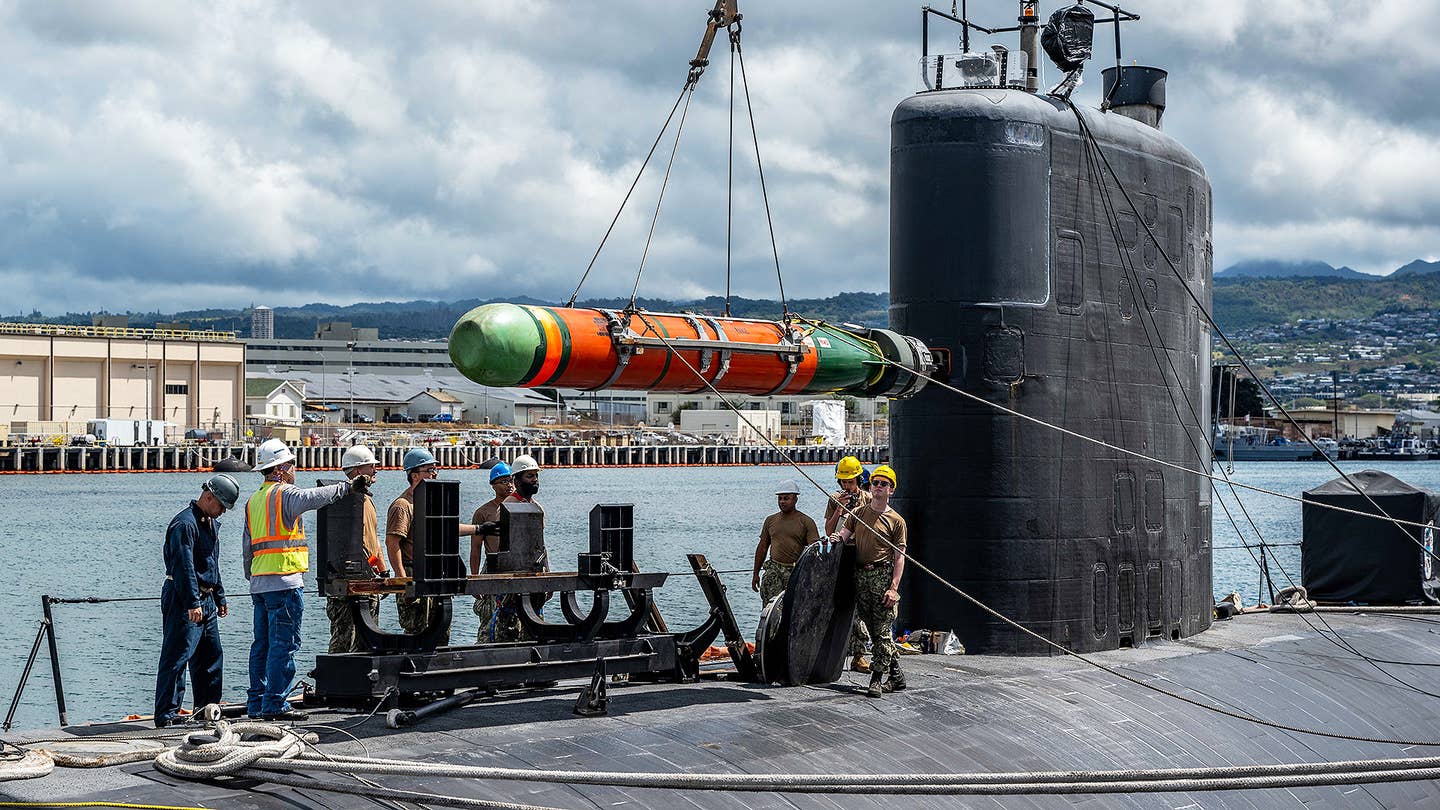
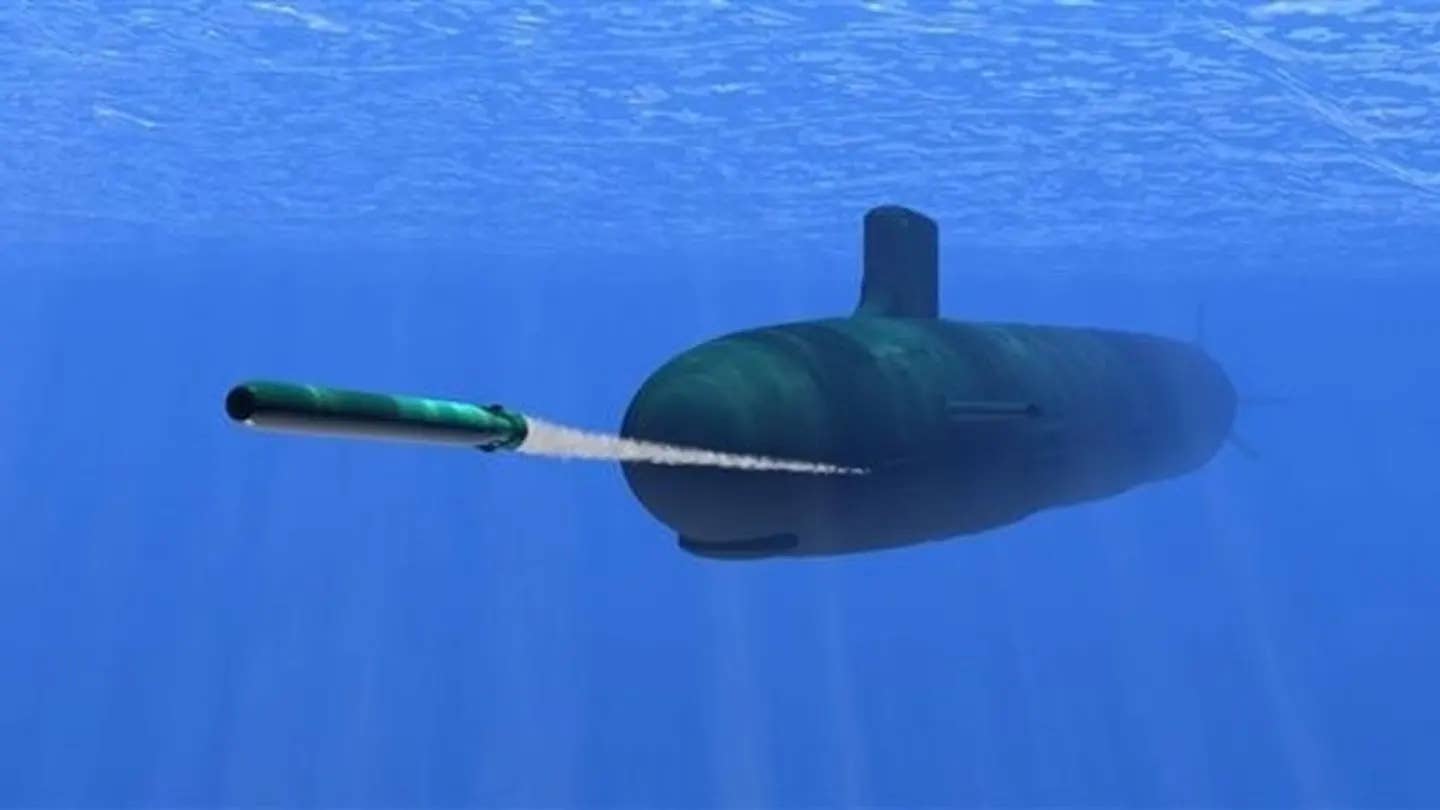
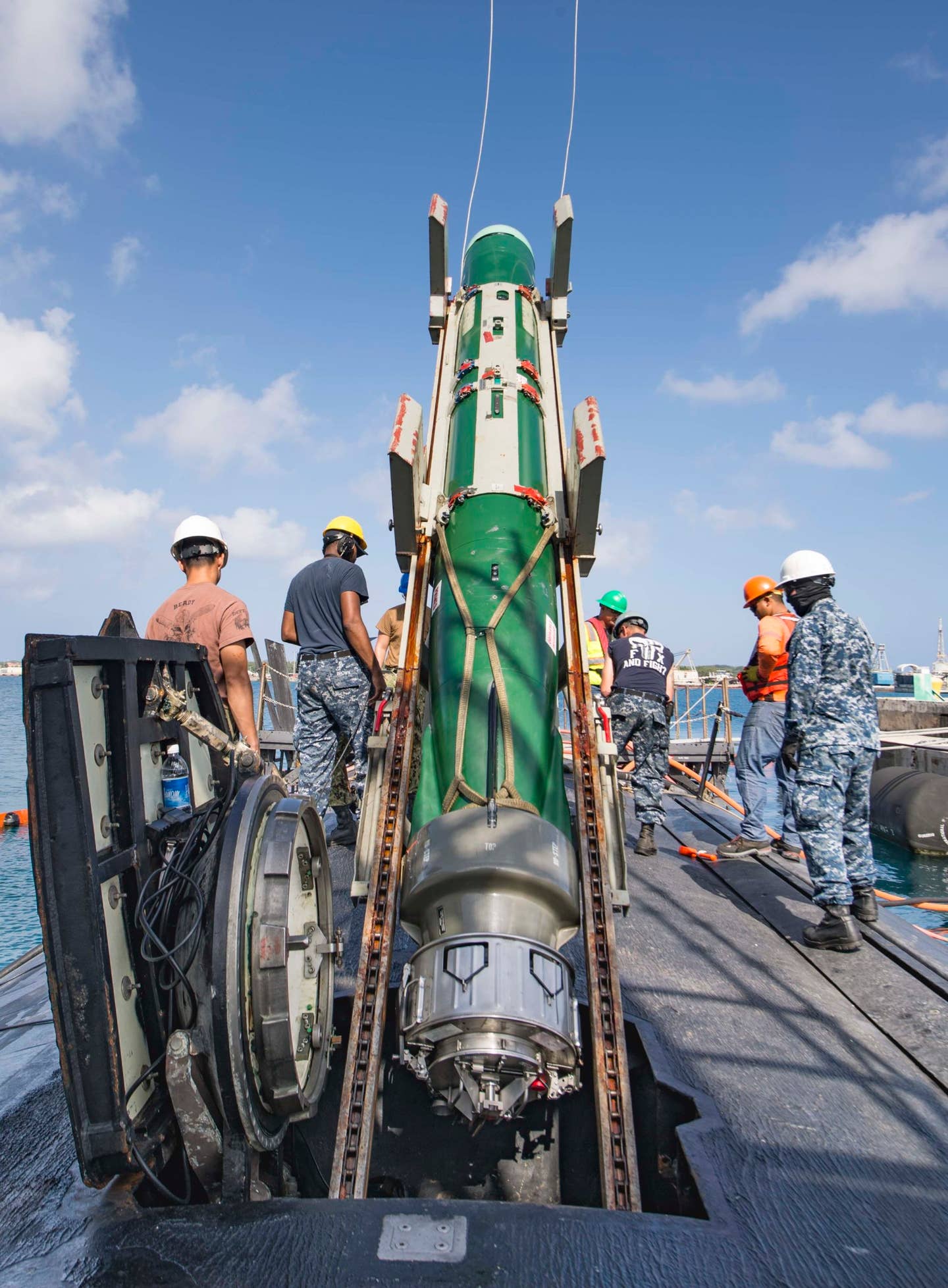
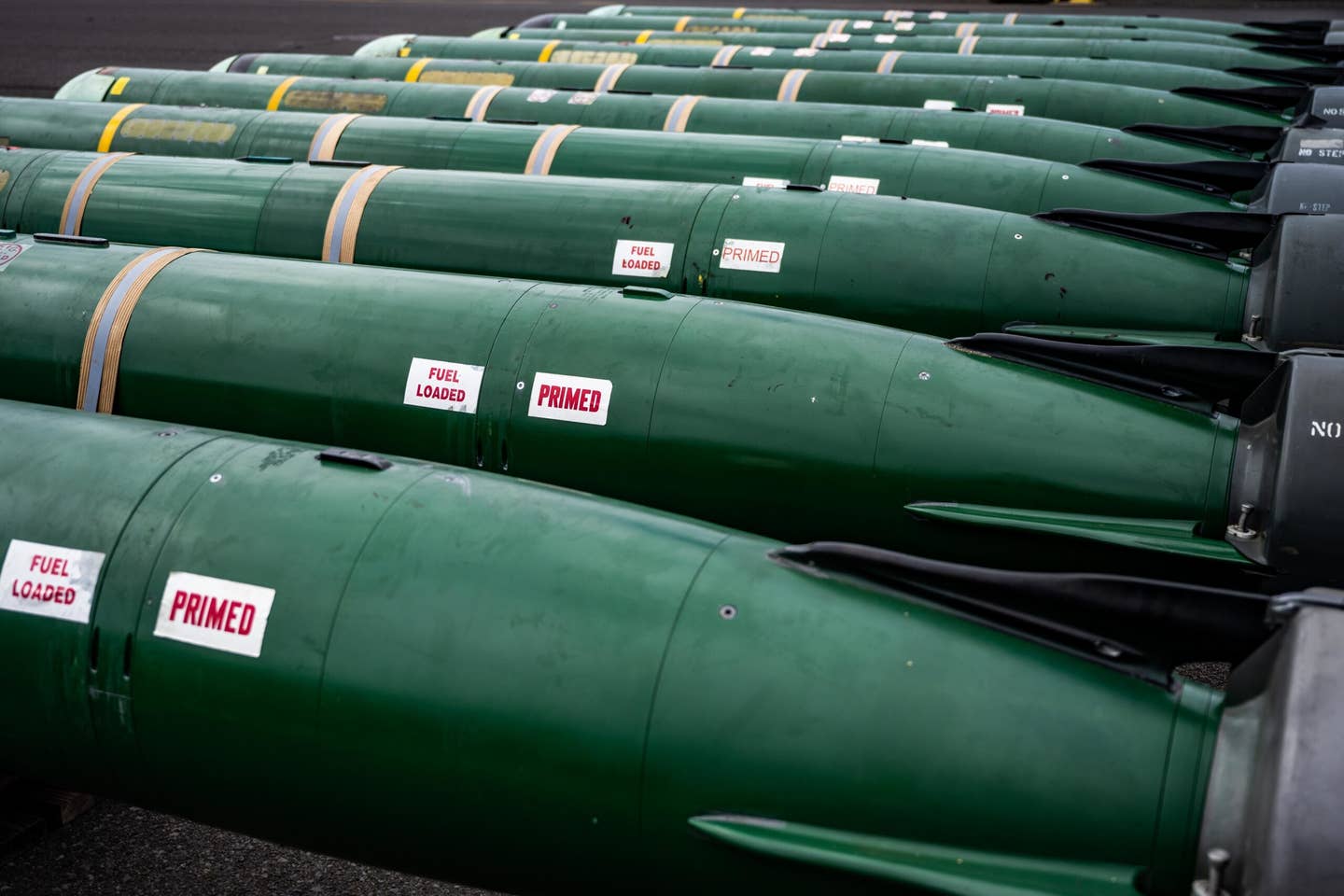
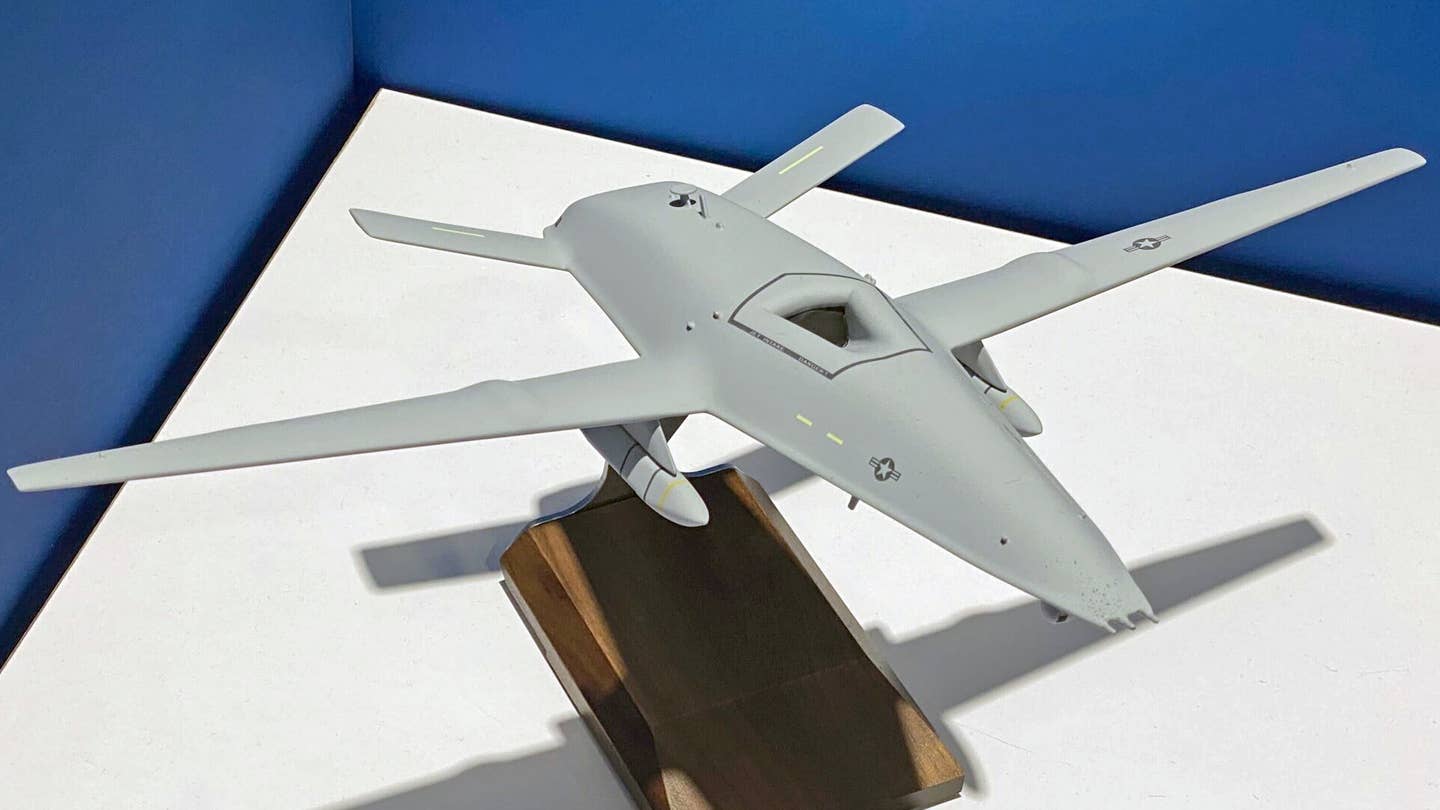
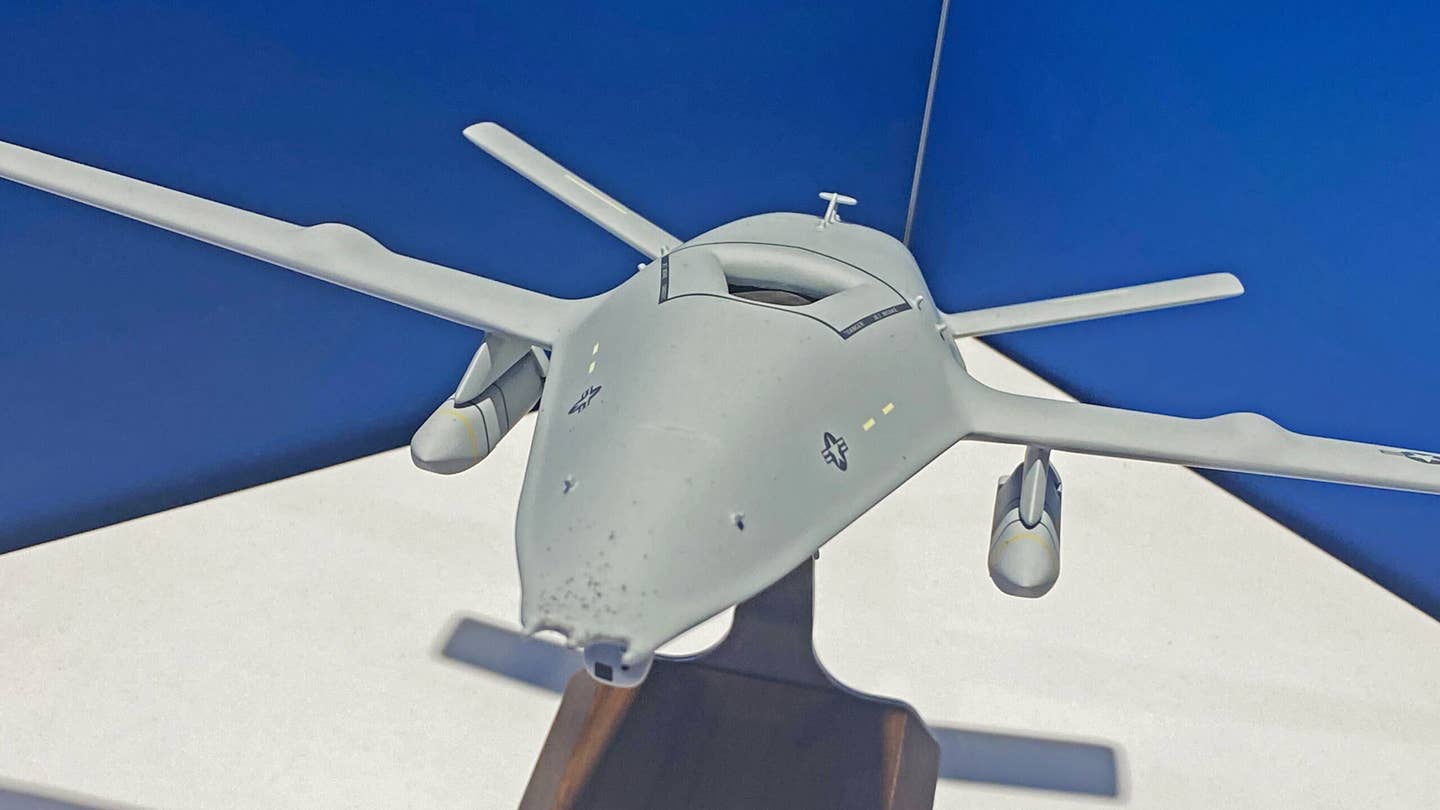

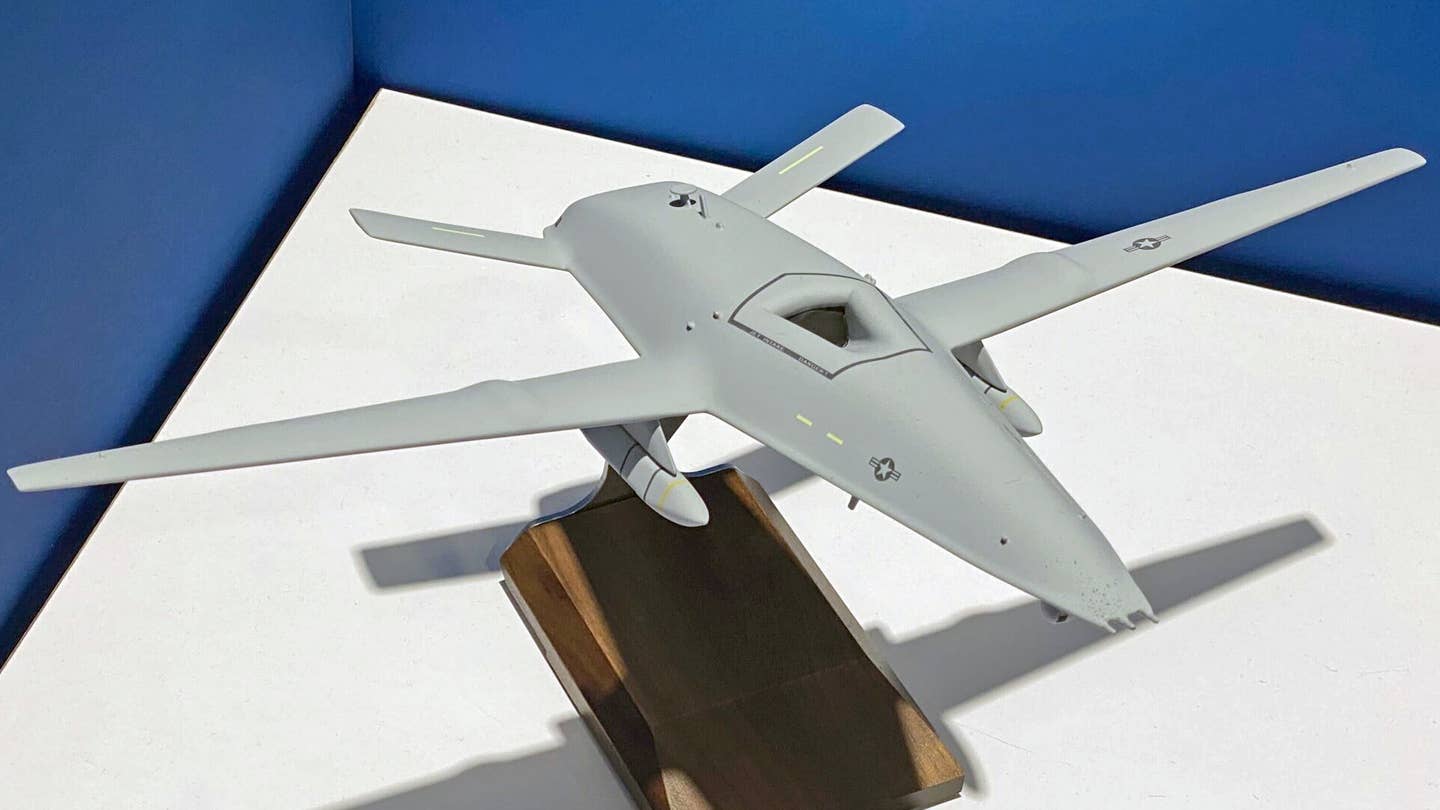
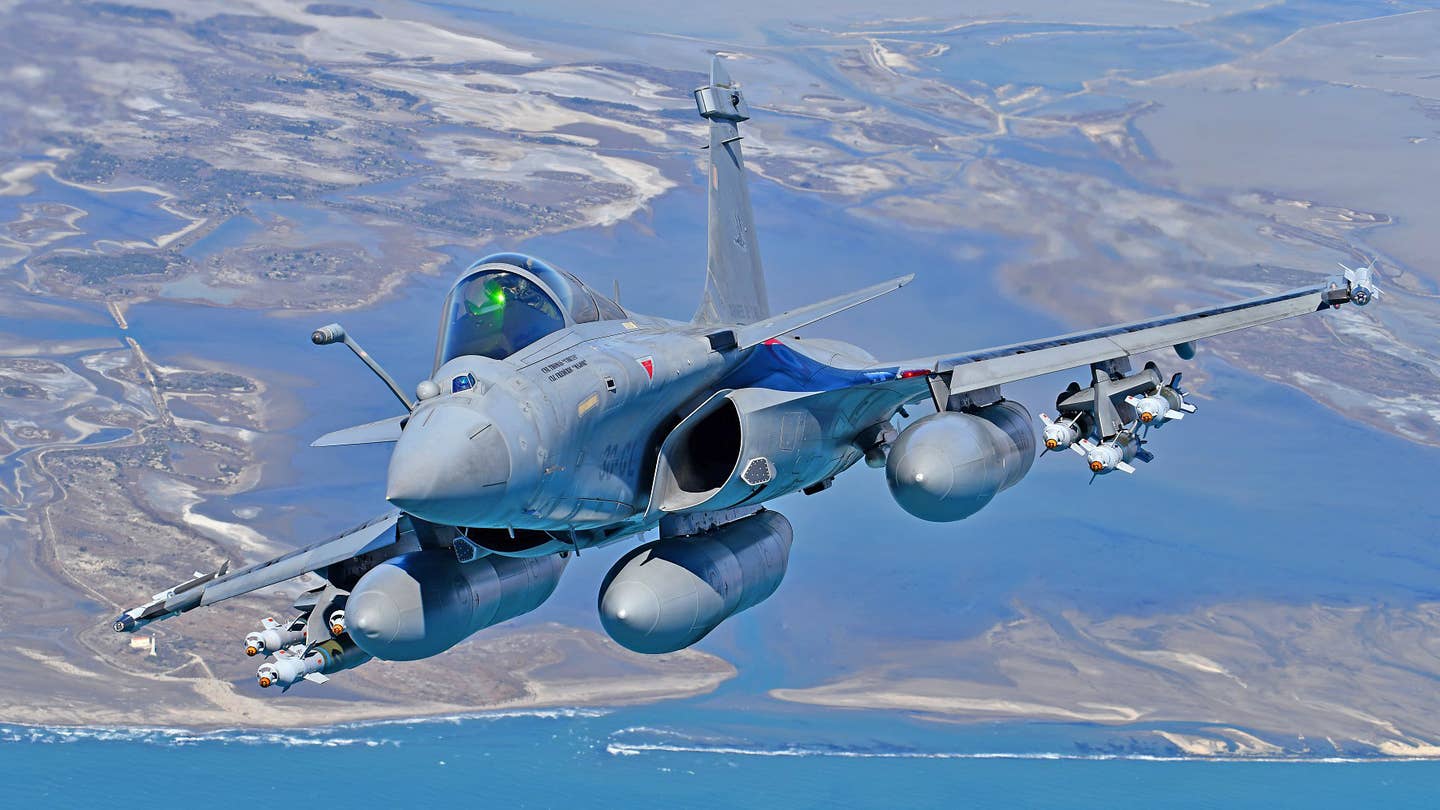
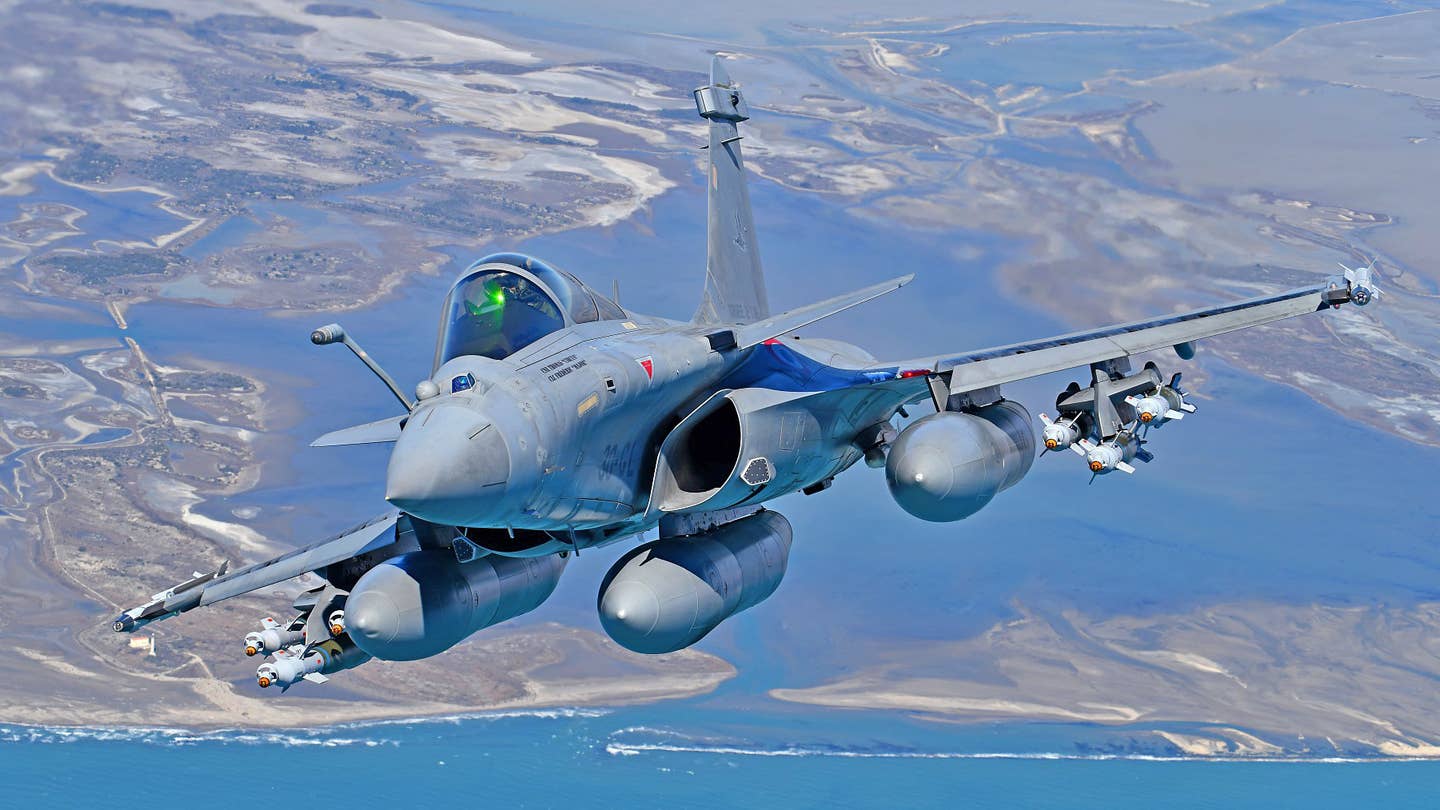

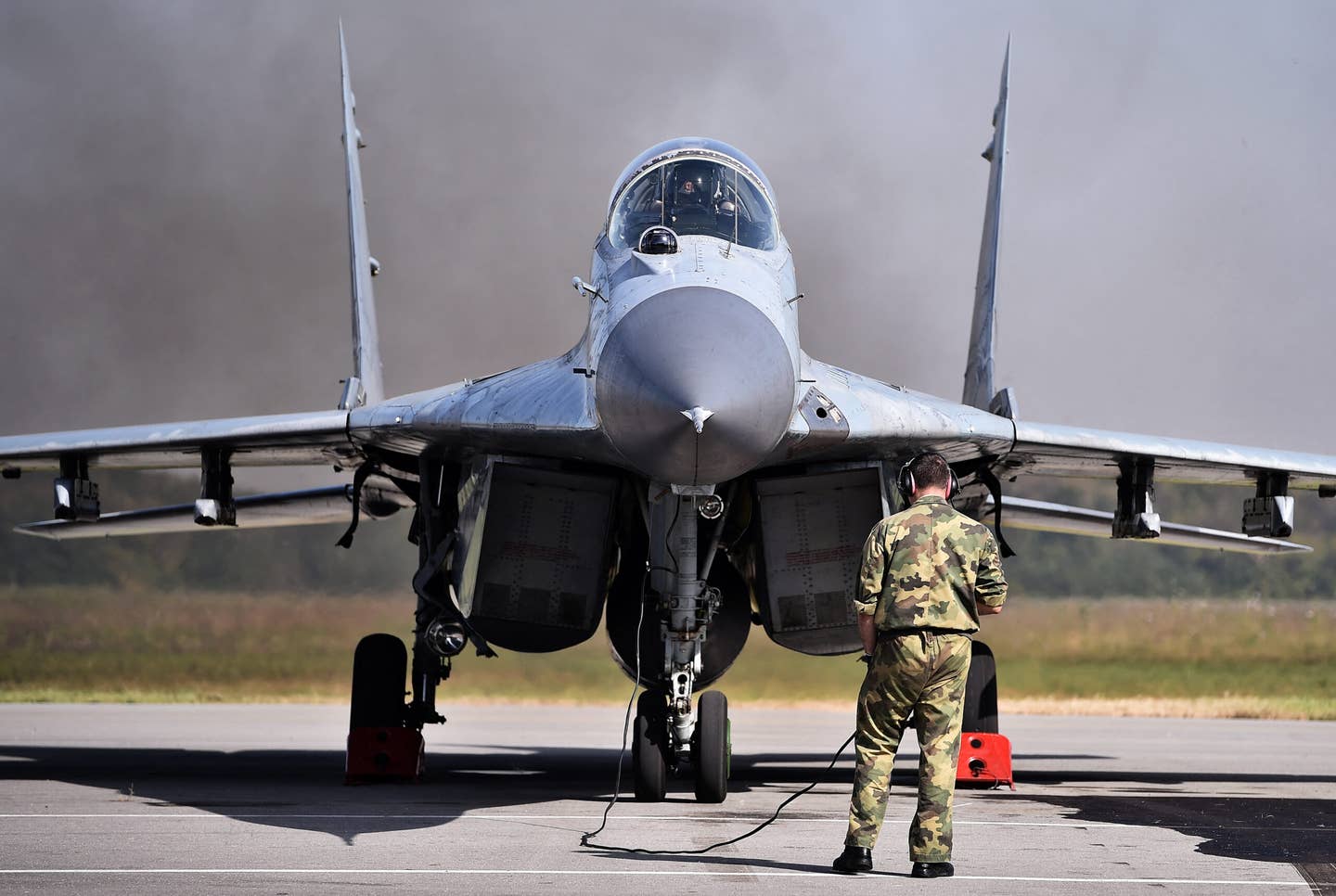

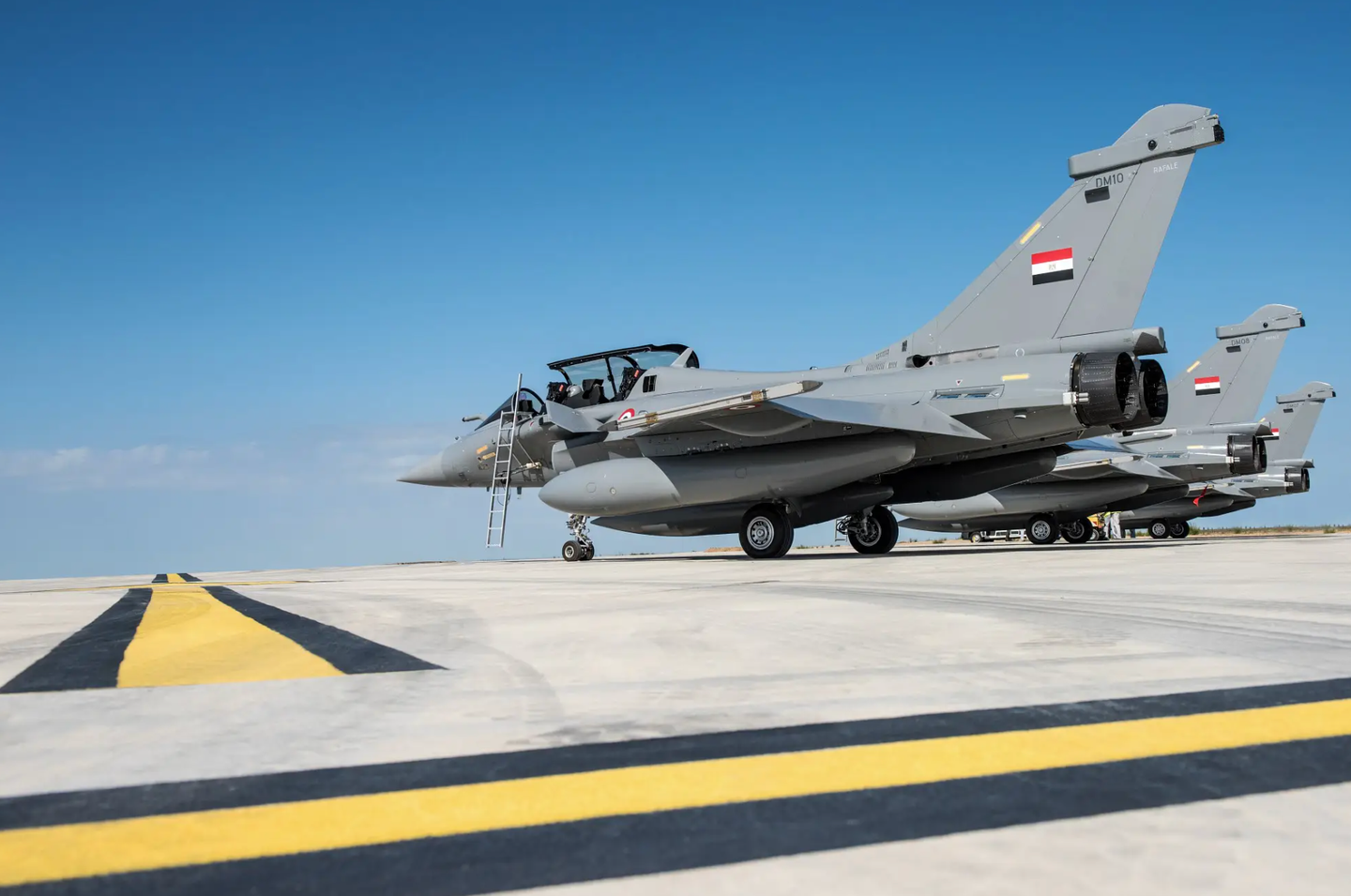
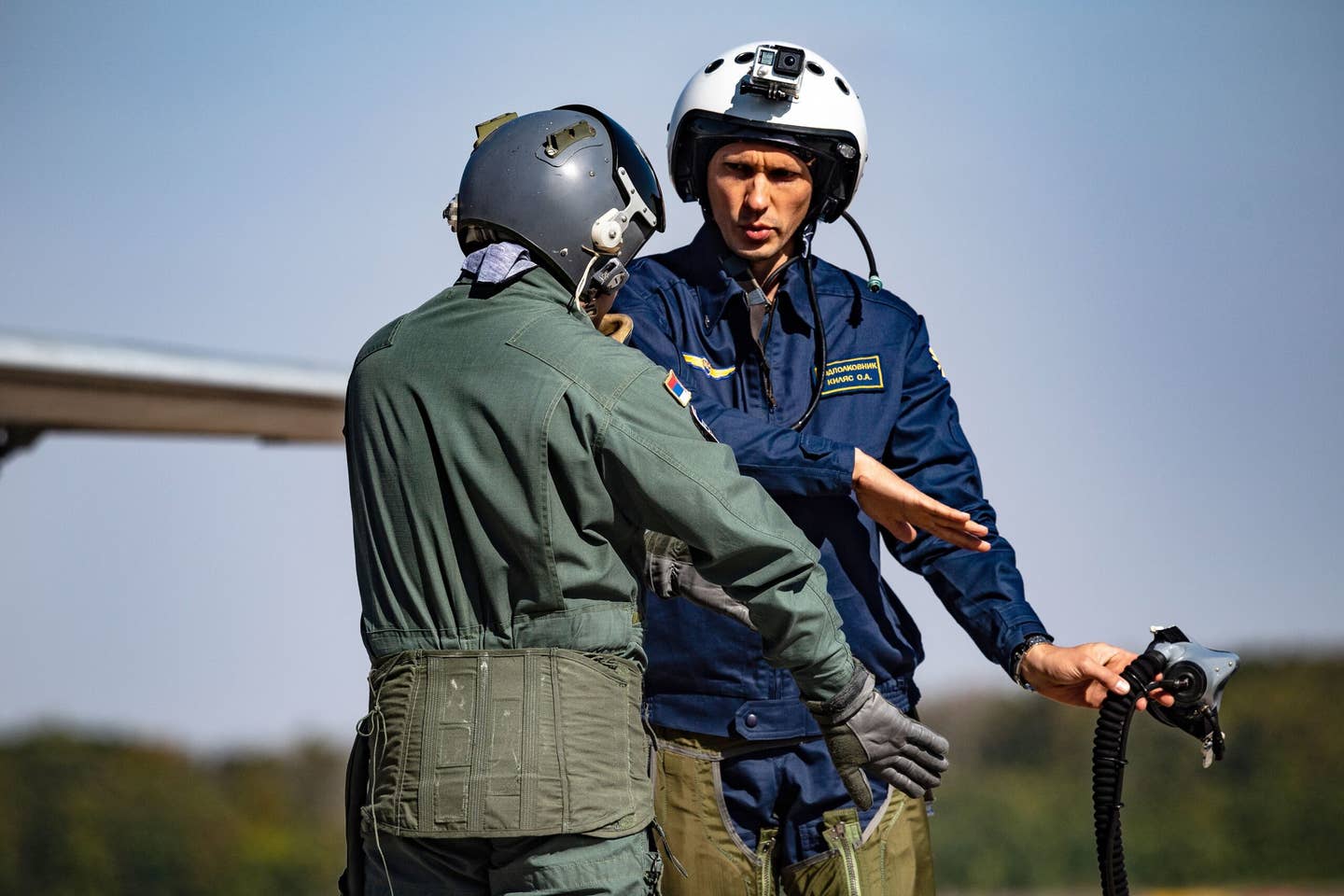
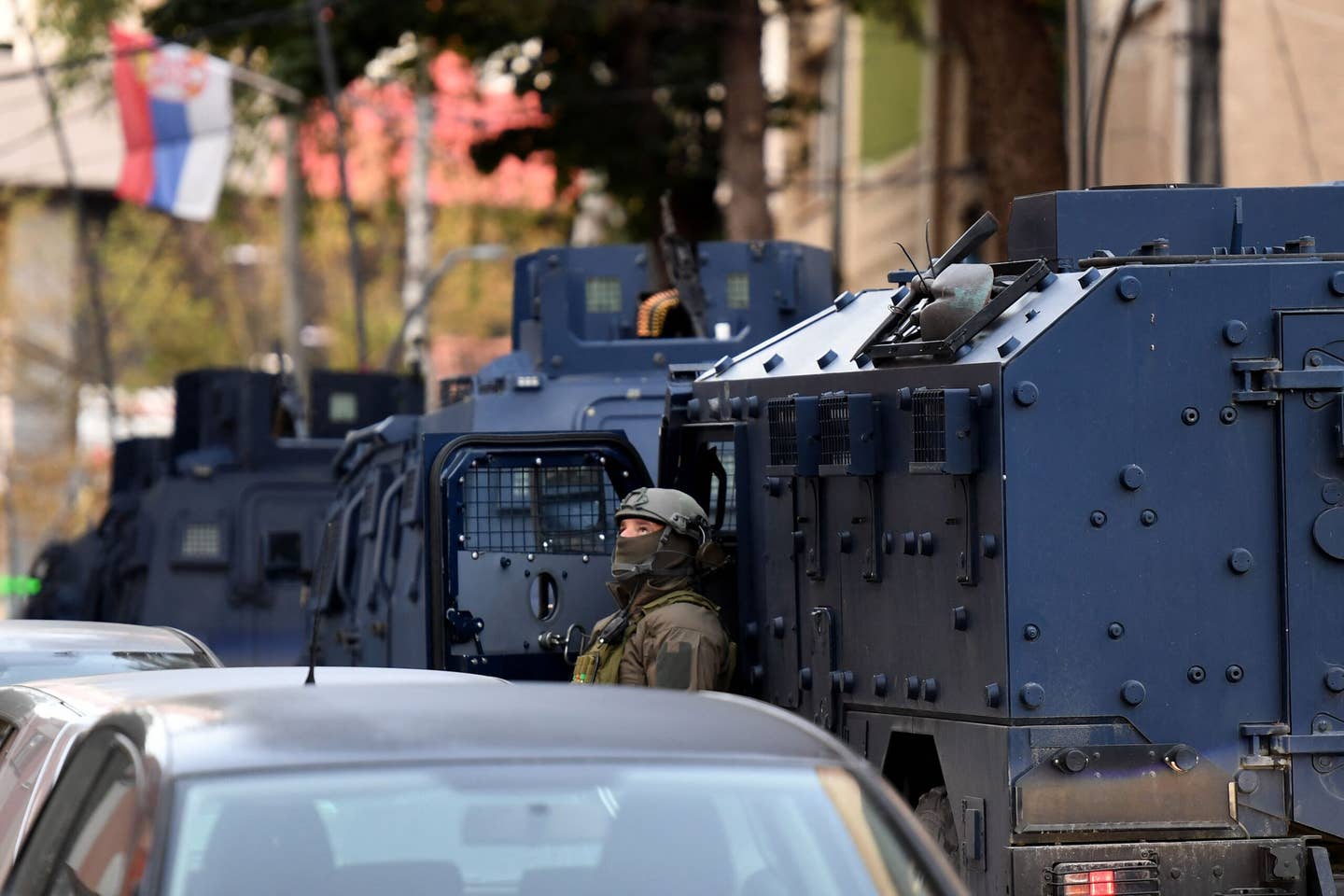
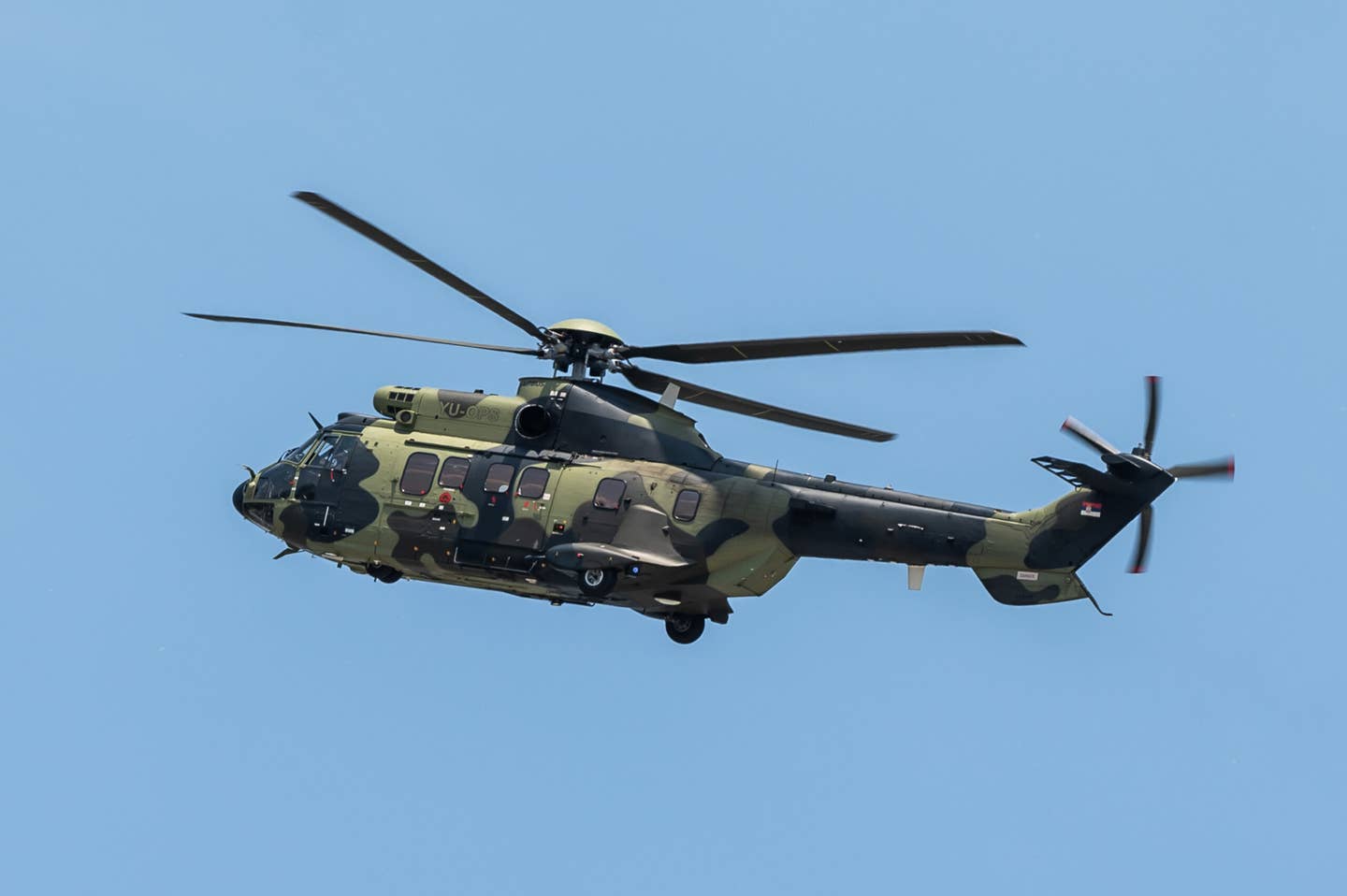
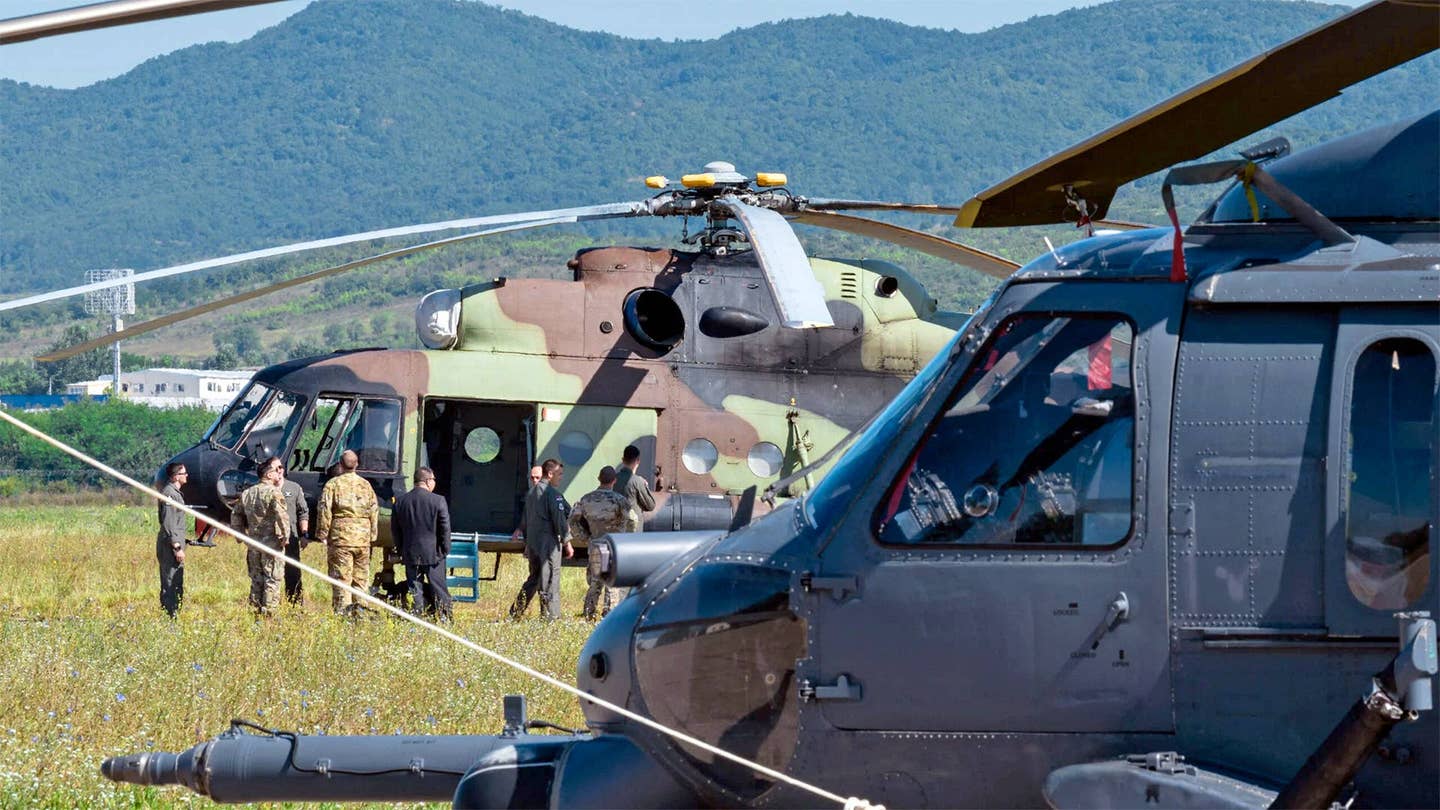

No comments:
Post a Comment